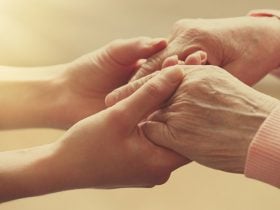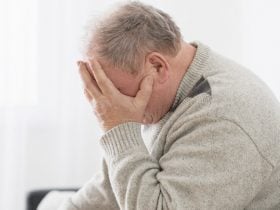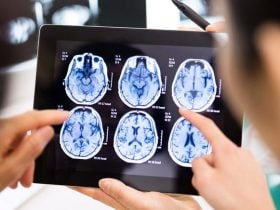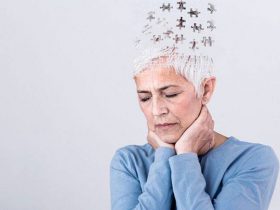Narcolepsy is a rare chronic condition that affects the nervous system. It results in an abnormality in sleeping, also known as a sleeping disorder. Narcolepsy causes one to be drowsy in the daytime, and sleep apnea prevents one from controlling how one sleep. In some cases, it could also result in one being unable to control the muscles in the body. This condition is known as cataplexy. Cataplexy can sometimes be mistaken as a form of seizure, especially in children.
Narcolepsy is a neurological condition that is not a deadly disease, but the symptoms and episodes could cause accidents and injuries and lead to life-threatening situations. Narcolepsy also affects one’s social life and makes many things appear difficult, such as maintaining a job, maintaining a relationship, and doing well in school due to excessive sleeping. There are two types of narcolepsy, Type 1 and Type 2. The significant difference between the two is that while Type 1 involves the symptom of cataplexy, Type 2 does not.
The clinical manifestation of narcolepsy usually begin between the ages of 10 and 25 years; however, in most cases, the condition is not recognized immediately and may also be wrongly diagnosed.
Diagnosis of narcolepsy
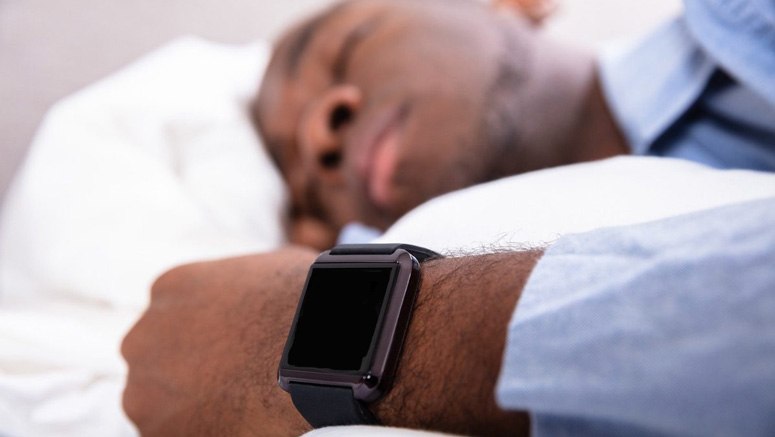
It is most advisable you immediately reach out to your doctor if you are experiencing excessive daytime sleepiness or any of the other common symptoms of narcolepsy. When you visit your doctor, he would ask you about your medical history and perform a physical exam. Narcolepsy may not be easy to diagnose since it is one of many other sleeping disorders with daytime sleepiness as a symptom.
For the doctors to diagnose, they would look for a history of excessive daytime drowsiness and episodes of a sudden loss of muscle tone. The doctor would also order a sleep study for you and perform other tests to determine and confirm their diagnosis.
After the initial diagnosis by your doctor, he may then refer you to a specialist for a more formal diagnosis and further evaluation. This would require that you stay overnight at a sleep centre for further analysis by a sleep specialist. Some standard sleep evaluations that may be done by a specialist include:
ActiGraph
An ActiGraph is one of the different home monitoring devices that helps track how you sleep and when you fall asleep. This particular device is worn like a wristwatch and is preferable used alongside a sleep diary.


